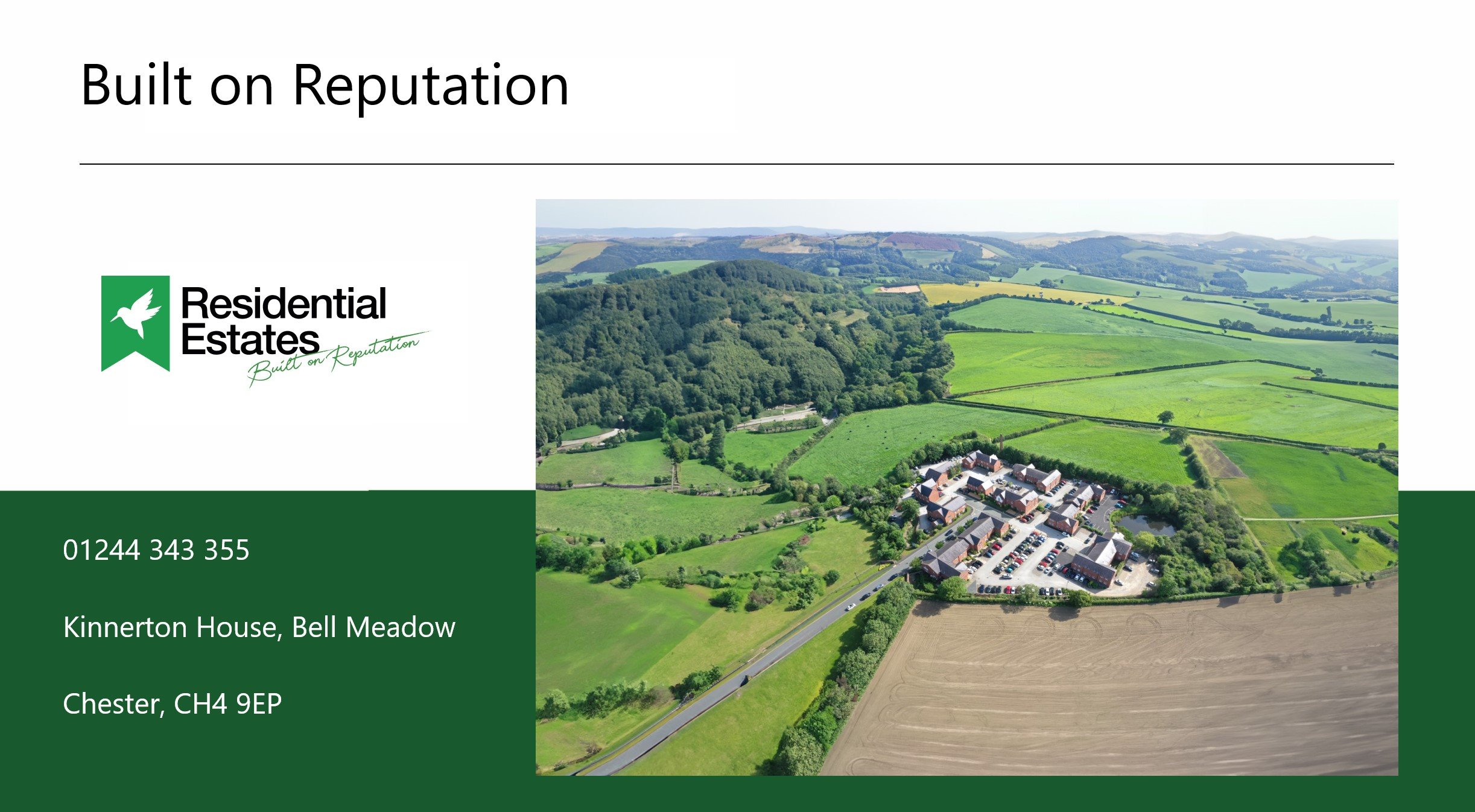Area Spotlight: Why Hull Should Be on Every Investor’s Radar
Hull is quietly becoming one of the UK’s most promising property hotspots, and savvy investors are beginning to take notice. With house prices still well below the national average and strong rental yields—particularly in the HMO and serviced accommodation sectors—Hull offers a compelling opportunity for those looking to maximise returns without the hefty upfront costs seen in larger cities. The city has also benefited from significant regeneration over the past decade, including multi-million pound investments in its waterfront, transport links, and cultural hubs, making it increasingly attractive to both tenants and businesses.
In 2025, Hull is poised to capitalise on these developments even further. The city’s growing student population, expanding digital and renewable energy sectors, and strategic location as a key northern port are all driving demand for quality rental accommodation. With ongoing infrastructure projects and a rising influx of young professionals, Hull combines affordability with long-term growth potential—a rare and valuable combination in today’s market. For investors seeking high yields, low entry points, and real growth prospects, Hull deserves a top spot on the radar this year.
1. Exceptionally Affordable Prices
Hull’s property market remains significantly below the national average. As of April 2025, the average house price in the Hull area was £194,000, compared to £353,000 across England & Wales, with the city itself averaging around £154,000. Even more conservative figures from Rightmove place the average at £166,000, with terraced homes selling at about £132,000 . This affordability—often requiring just about four years of average local earnings to buy—positions Hull as one of the UK’s most accessible property markets .
2. Strong Rental Yields Make Buy-to-Let Attractive
Buy-to-let investors in Hull can enjoy impressive returns thanks to robust rental demand. Some neighbourhoods, such as HU2 and the university corridor, yield an average 6–8%, with select West Hull pockets exceeding 8%. A previous report even highlighted around 5.4% average yields, with several areas outperforming that . These figures stand well above national averages, offering landlords consistent cashflow and rapid return potential.
3. Sustained Capital Growth Supported by Regeneration
In the past decade, Hull has seen a 55% increase in house prices—well ahead of national growth. Year-on-year in Hull city, prices rose around 3–4% in 2024–25, highlighting steady capital appreciation. That growth is underpinned by significant investment: over £26m channelled into city centre regeneration in 2025 alone . These public and private initiatives build a solid platform for long-term property price stability and value uplift.
4. Short-Let and Worker Accommodation Demand
Hull’s expanding economy—driven by cultural, energy, and infrastructure projects—creates a growing need for flexible accommodation. Here’s a snapshot of local enterprise:
● The Establishment of the Hull & East Yorkshire Combined Authority in 2025 brings new investment into housing, transport, and skills .
● Invest Hull actively presented major schemes—like Albion Square, Colonial Place, East Bank Urban Village, Mytongate—at UKREiiF 2025, showcasing a thriving regeneration pipeline .
● New film studios worth £3m, dubbed “Hullywood,” are expected to open by end of 2025, attracting production crews.
These developments mean professionals, creatives, and contractors are increasingly in need of short-term housing—perfect for furnished lets at better value than hotels.
5. Business Case: Serving Workers Cost‑Effectively
Employers investing in Hull-based projects often search for practical, scalable housing solutions for their teams. Rather than paying premium rates for hotel stays, businesses can convert rental properties into cost-effective seasonal accommodation. With average property prices at £154,000–£194,000 and yields of 6–8%, the proposition is compelling: housing staff in serviced lets that generate income when not in use, while providing affordable stays during project runs.
In Summary: Hull’s Winning Formula
Low Entry Prices | Greater asset affordability and lower deposits
High Rental Yields | Strong ROI and cashflow potential
Ongoing Capital Growth | Equity gains over time
Regeneration Projects | Long-term stability and tenant demand
Short-Term Lets & Corporate Fit-out | Serviced lettings beat hotel costs
Conclusions:
Hull represents a rare blend: value below national averages, growth supported by public and private regeneration, and high-yield rental potential.
What’s more, it meets evolving demand for project and production accommodation—letting investors and local firms work in synergy. Whether you’re a landlord seeking consistent returns or a business managing large-scale worker housing, Hull is quickly becoming an investment hotspot worth serious attention.




